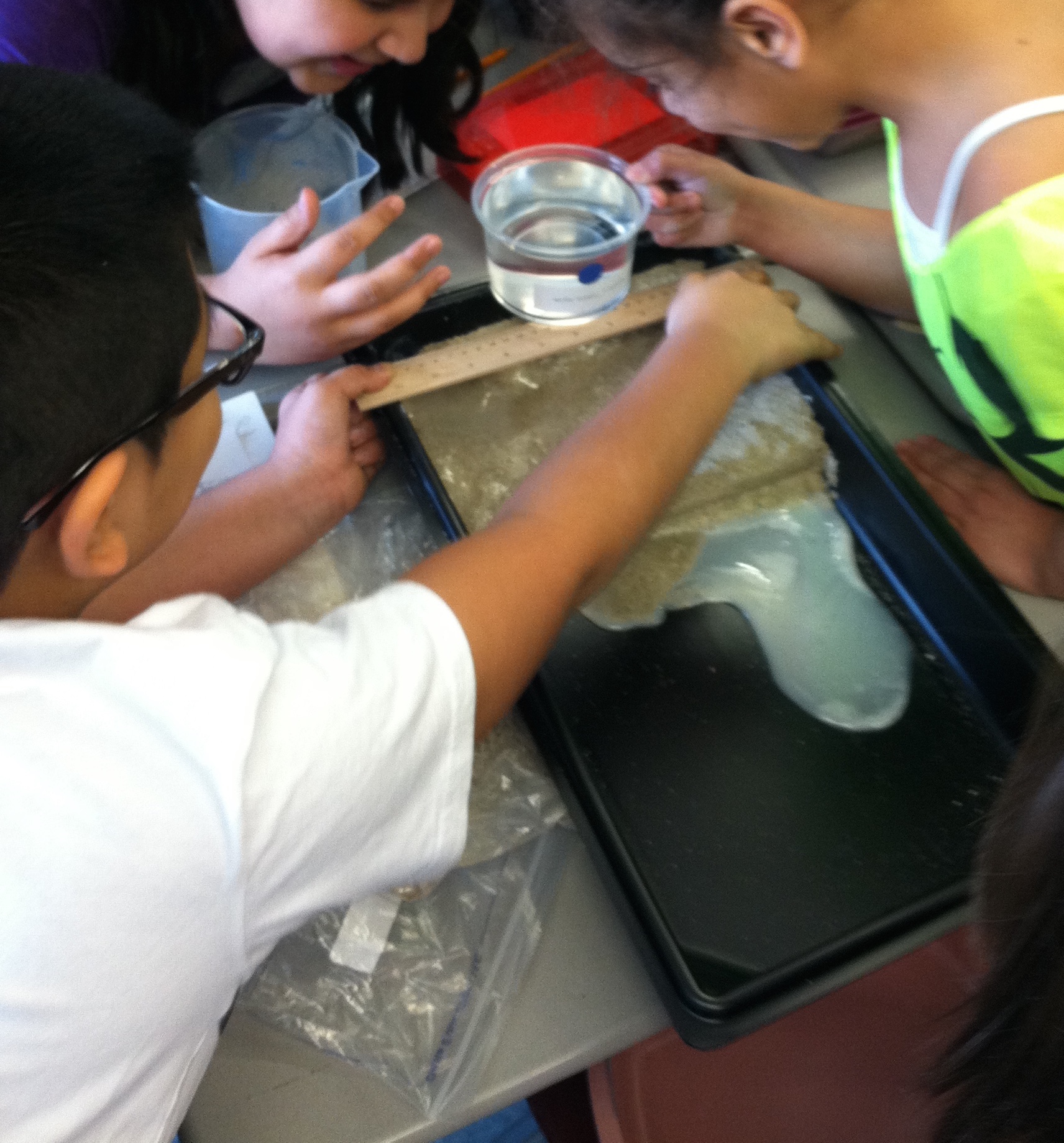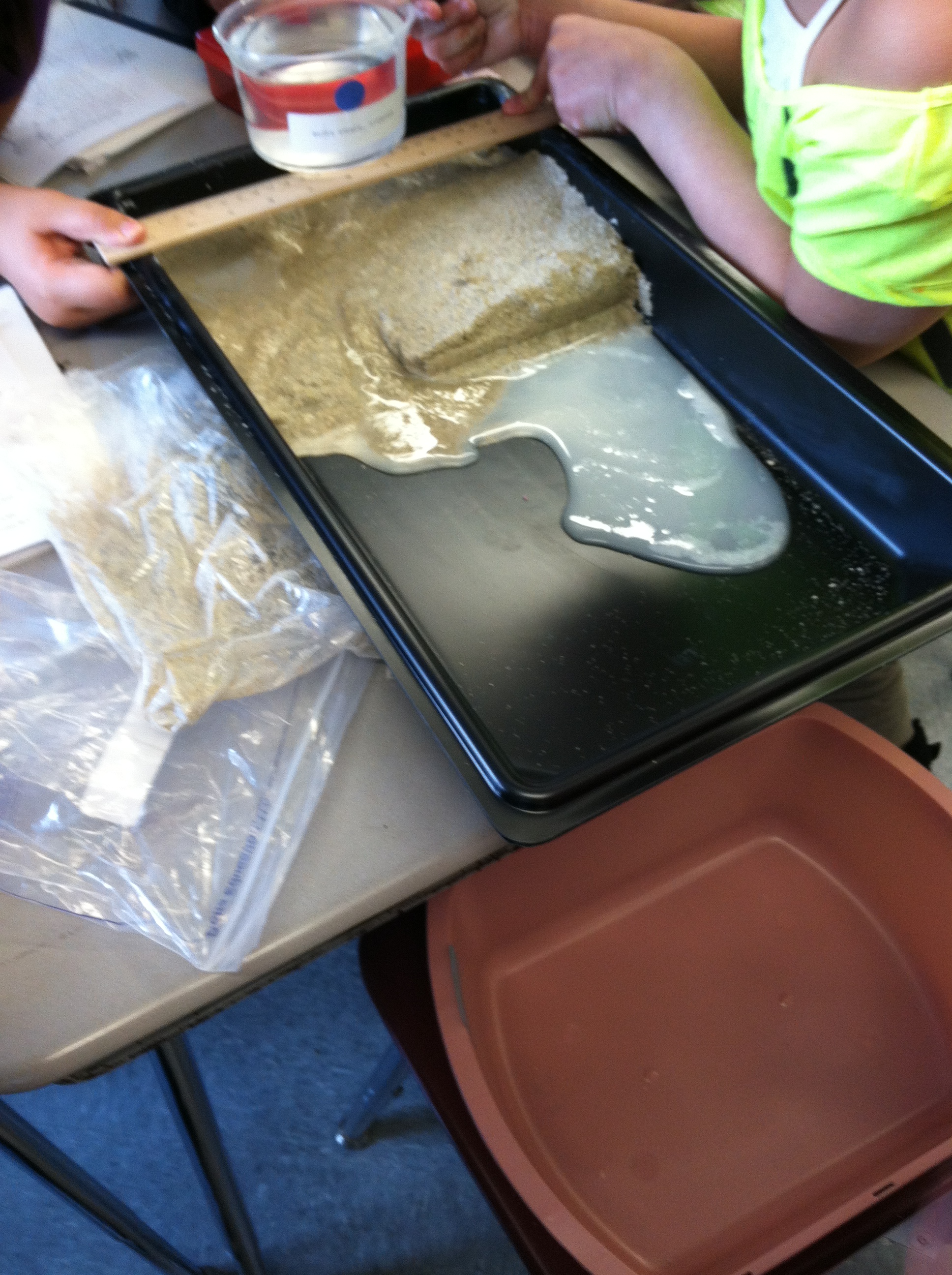Cramming or Happiness?
I can't be alone in thinking that this stretch of the academic year could be better used. We have been practicing for state tests, administering state tests, and administering district assessments since March. Here we are 2 months later getting ready for the next round of state assessment and end-of-year assessments.If you are ready to say "uncle", raise your hand.Recently I heard suggestion made that we should "double up" on our mathematics instruction so the students would have more math exposure ahead of the MCAS. Think about that for a moment. I enjoy math and I actually enjoy TEACHING math. But I don't think force-feeding math standards down kid's throats in anticipation of state math assessments is good for anyone. Remember college and cramming for a final? Well, this is just as effective, except the people cramming are 10 years old.What makes my students happy and excited these days is science. So far I've been able to resist the suggestion to bag science instruction and cram for a math test. I'll continue to do this even in the face of state testing and suggestions that my class is "behind" the district schedule. Why? Because for some of my students, it is the highlight of their day.
I enjoy math and I actually enjoy TEACHING math. But I don't think force-feeding math standards down kid's throats in anticipation of state math assessments is good for anyone. Remember college and cramming for a final? Well, this is just as effective, except the people cramming are 10 years old.What makes my students happy and excited these days is science. So far I've been able to resist the suggestion to bag science instruction and cram for a math test. I'll continue to do this even in the face of state testing and suggestions that my class is "behind" the district schedule. Why? Because for some of my students, it is the highlight of their day. Why does school need to be so full of drudgery and test preparation and sticking to artificial schedules that do not reflect developmental learning? Ten year olds need to be filled with the excitement of discovering something new, of making sense of something; they need to learn to love learning. And if that something is science (or math, or reading or writing), then that's where we will be going.Learning should be happiness.
Why does school need to be so full of drudgery and test preparation and sticking to artificial schedules that do not reflect developmental learning? Ten year olds need to be filled with the excitement of discovering something new, of making sense of something; they need to learn to love learning. And if that something is science (or math, or reading or writing), then that's where we will be going.Learning should be happiness.